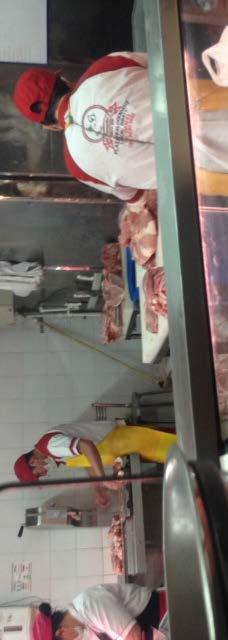
1 minute read
Going Abroad
Going Abroad Seeing the industry from a different country
by / Mikayla Wehrle
Advertisement
A few years ago I was selected to participate in the National Pork Producers Council’s (NPPC) Pork Leadership Institute. During that year-long program, NPPC took the group to Colombia where we learned about international trade and meat consumption. We flew into Bogota, a beautiful historic city in the mountains. I got to see the culture, try new food, and see first hand how pork is moved into Columbia. We met with the US Trade and Export Federation. Then and now the focus is on passing and keeping free trade agreements with countries in South America. We have not yet gained full access to all the markets in South America but more free trade agreements are looking positive. All meat exported to Colombia is frozen in cold storage then put into cargo shipping containers. These containers plug into the base of the ship, which powers the container’s freezer. Once they are shipped it can take as long as two weeks with customs and freight problems to reach the port. Once it passes the US and Foreign Customs it can then enter the country. All pork needs export labeling, which is an additional cost. They must also have bilingual labeling and expiration date on the outside and inside of all boxes. There can also be port issues where customs will reject boxes that are dusty or show blood purge. These problems all add up in price. Even though Columbia is a very stable country and going through a peace process with the guerrillas in the Amazon, they don’t yet have a very good infrastructure, so it’s difficult to get goods up the mountain into their biggest city Bogota. The city sits at a staggering 9,000 ft above sea level and it takes about a week to ship cargo from the ocean to the city. Besides the fact, they don’t have enough refrigerated trucks to move all the products. They also have to contend with the drug trade, and the







